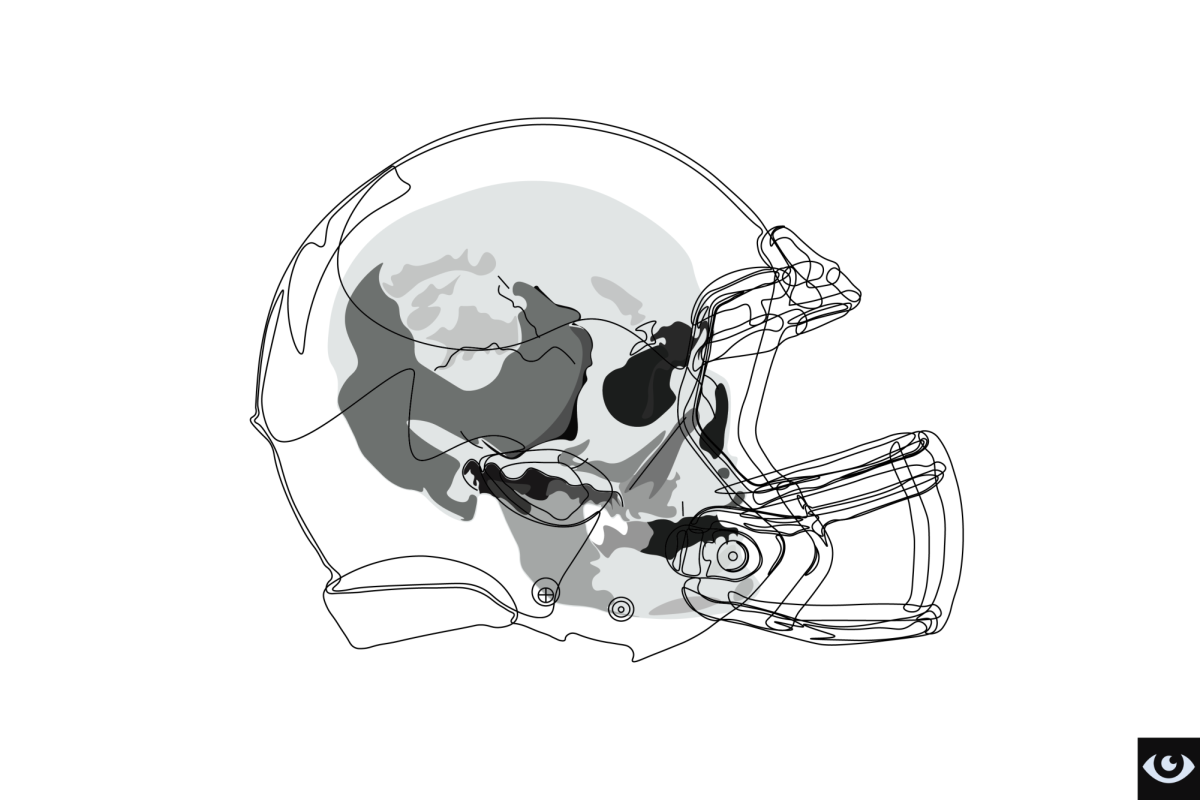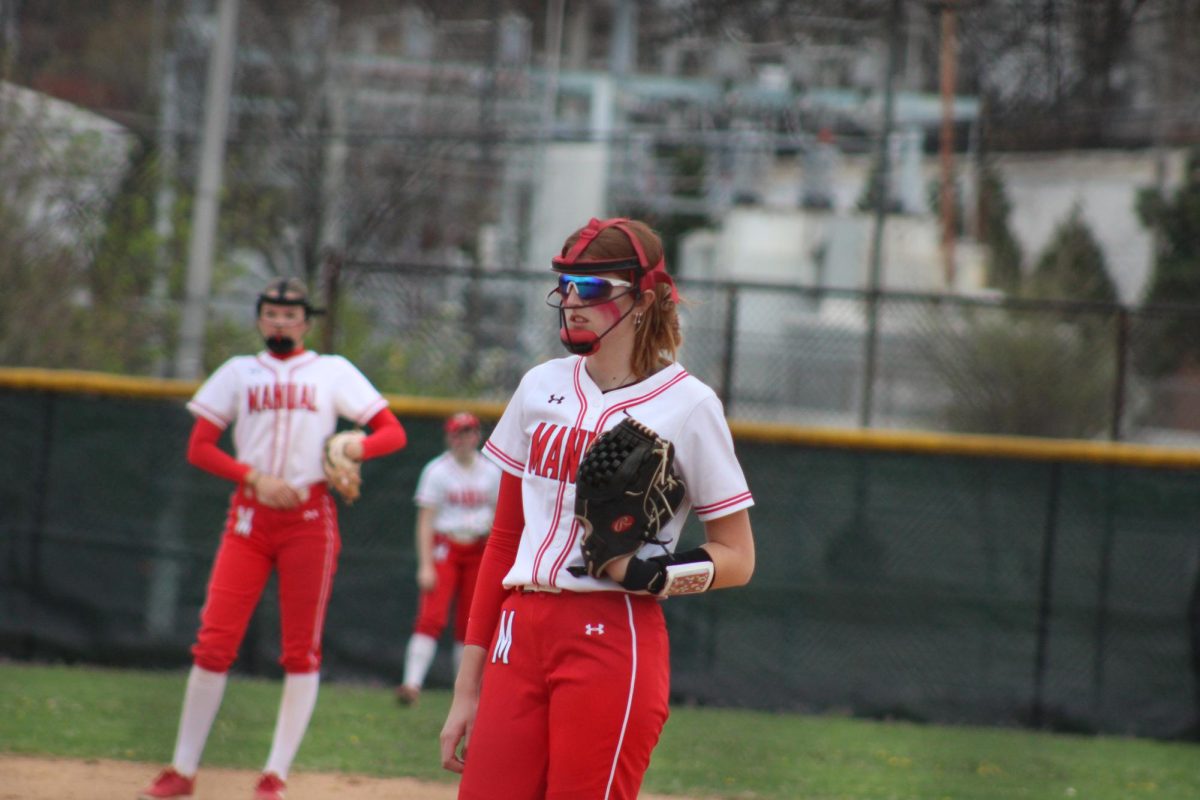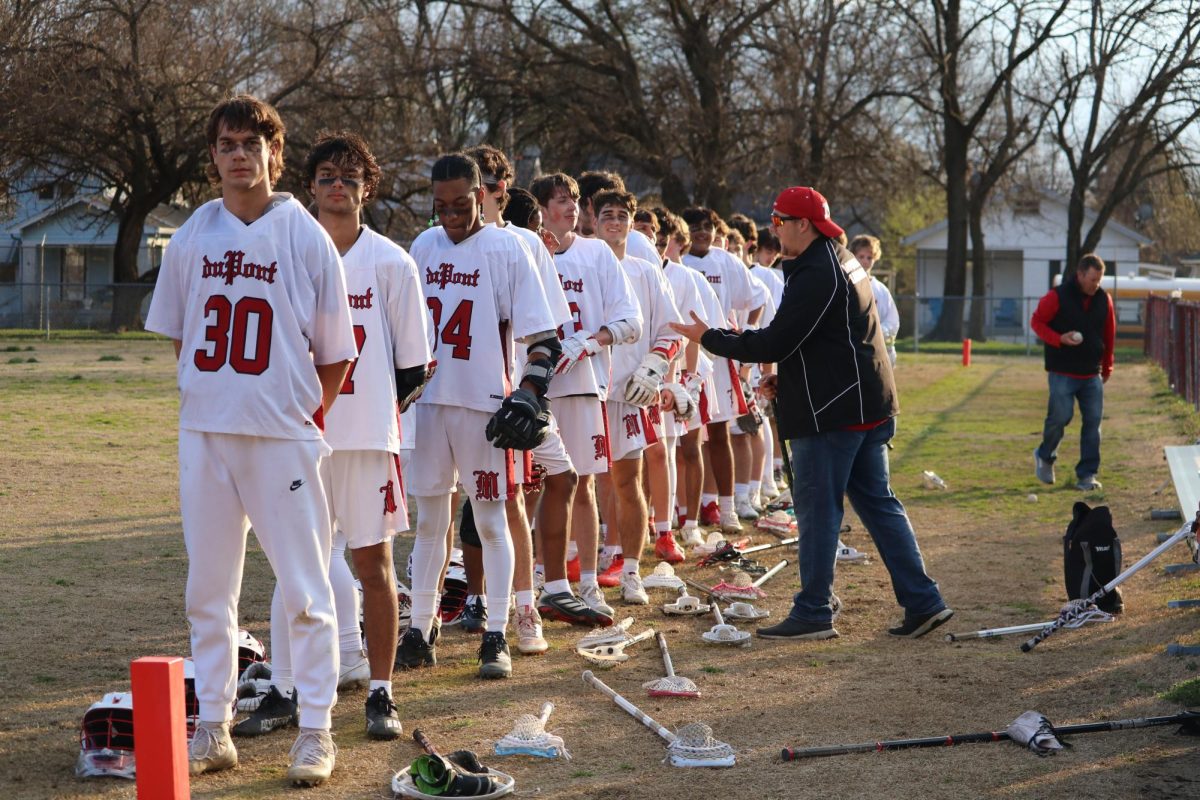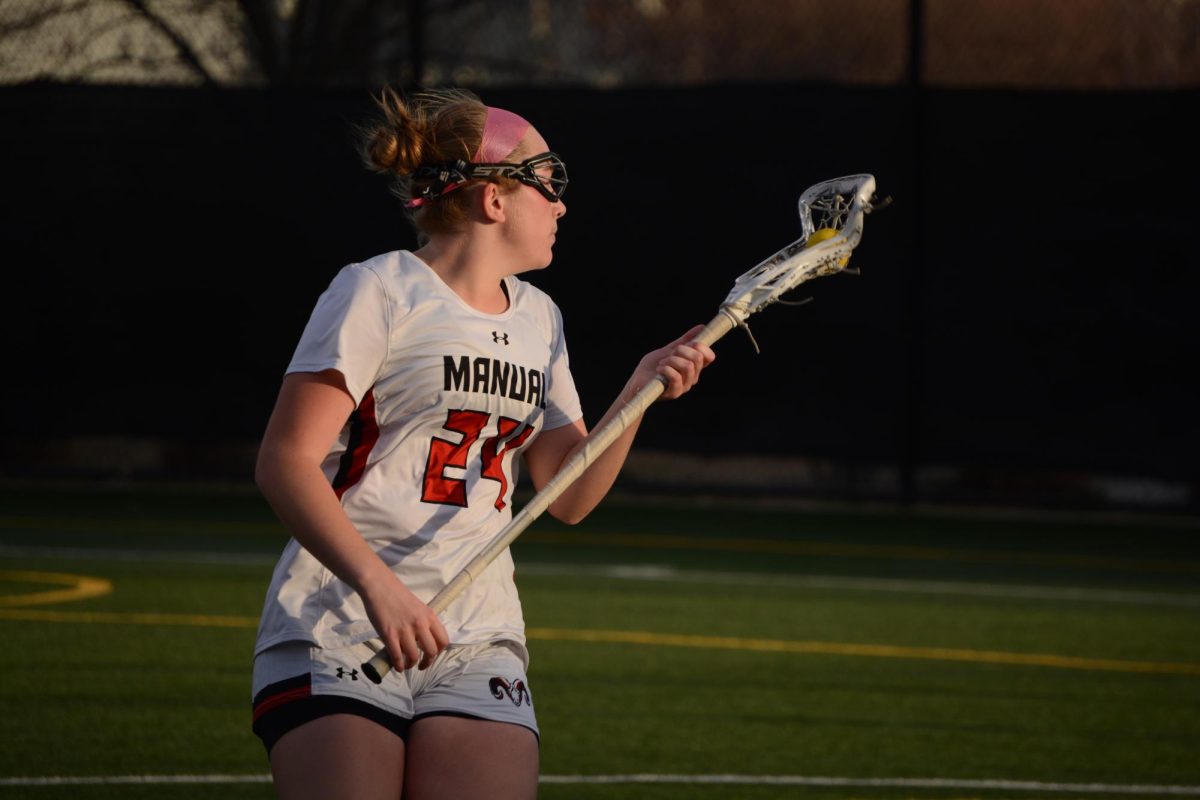On Sept. 12, during an NFL game between the Miami Dolphins and the Buffalo Bills, Dolphins quarterback Tua Tagovailoa brutally collided with a Bills defender, falling down immediately. He entered a fencing response, a term used to describe an unnatural, involuntary physical position that a person’s arms and body can perform after a traumatic brain injury. The life was sucked out of the stadium as onlookers witnessed a frightening turn of events.
On Sept. 17, Tagovailoa was placed on the injured reserve (IR) list, meaning he would be sidelined for at least four weeks. This marks the third concussion of his NFL career. Tagovailoa’s concussions have been a hot topic in sports news over the past three years. He recently announced his intention to return to the field this season following his recovery. However, NFL fans, reporters and neurologists alike have questioned his decision to continue playing football as these concussions continue to endanger his long-term health.
Tagovailoa’s concussions are not an isolated case. Concussions are a widespread, well-known issue in sports. Since 2005, high school football players have suffered the most concussions across all levels of sports. According to The Aguirre Law Firm, “per 10,000 athletic exposures, high school football players will have an average of 11.2 concussions.”
“A concussion is a type of traumatic brain injury that occurs when there is a hit or jolt to the head or body. Adolescents are at a higher risk for concussions because their bodies are not yet fully developed. Their neck strength is weaker, their body control is still being developed, and they are often more impulsive…,” Athletic Trainer Evelyn Tandy said. Tandy has seen around 100 concussions since she joined St. Xavier High School’s staff in 2019.
The effects of these concussions are felt by young athletes across Louisville. During the midst of football season, Manual wide receiver Trent Claypool (12, HSU) suffered his third concussion in four years. While they’ve varied in severity, they have all sidelined him. His second one, occurring during his sophomore year, was the most severe. It kept him off the field for two weeks.
“…[D]uring the game, I got knocked out for a second. I remember blacking out, and then I have no memory of the second half of that game because it happened right before the second half,” Claypool said in an interview with RedEye Social Media Editor, Ava Blair.
A senior, Claypool is aware that his time on the football field is coming to a close, and has expressed frustration surrounding his continued injuries.
“It kind of makes you feel bad because we only get 10 guaranteed games every year… and I want to take advantage of that… I do want to enjoy myself. Football is an escape for me, so when it’s taken from me, it bothers me on a personal level… I always believe it’s bigger than ball,” Claypool said.
Across the city and on the other side of the old rivalry, Louisville Male High School junior quarterback Jordan William’s experiences are shockingly similar. Halfway through this season, Williams has had two concussions from football.
“…[W]e [were] playing, and I kind of got hit on the side of my head, and then I kind of went to the ground at the same time. So then, I got up and I was able to play a couple plays after that, but then I kind of started feeling it and I just called it quits. [T]he second one was a lot more painful. So I don’t really remember much from it,” Williams said.
The short-term memory of both Claypool and Williams was impaired when they got injured, as the collisions disrupted the processes in the hippocampus and frontal cortex. While short-term memory loss is a typical, relatively insignificant effect of concussions, there can be much more severe, dangerous side effects as well.
“One of the greatest risks is returning to play too early or failing to report concussion symptoms. If an individual returns before they are ready and were to be hit again, something called Second Impact Syndrome (SIS) can occur. It is rare, but when it does occur [it] can be fatal,” Tandy said.
Other potentially dangerous effects include impaired long-term memory, continued vomiting or nausea, fluid or blood in the nose and ears and seizures.
Concussions are relevant and dangerously impactful at every level of sports. Yet, high school football is unique in the ways that concussions are monitored and treated. In the NFL and many NCAA conferences, there is an unaffiliated medical professional who sits in the booth during games, whose sole responsibility is to spot and report concussion symptoms. However, high school football has no such policy. As such, this is likely a contributing factor to the numerous concussions in high school sports, as it makes them much harder to spot.
Since concussions are so common, treatment can vary slightly from school to school. One commonality is the use of baseline tests, a procedure in which athletic trainers will evaluate an athlete’s cognition, memory and balance at the beginning of the season. When a concussion is suspected, the athlete will take the same test and the results will be compared, with lower-scoring results indicating a possible injury.
“If a concussion is suspected, we [athletic trainers] will then send our reports to a doctor who specializes in concussion management. The athlete will see the doctor and his recovery will be guided by the physician with the assistance of the athletic trainer,” Tandy said.
In some cases, more specialized treatment or adjustments to the athlete’s daily routines are required.
For Claypool, such treatment included a newly monotonous daily routine in order to decrease stimulation of the brain and facilitate recovery. He wasn’t allowed to look at his phone or do any mentally straining activities for multiple days after his concussions.
“…I went to the doctor and he was like, “You can’t look at your phone or anything that stimulates your brain.” So basically, they really told me to rest and look at a wall every day. I literally couldn’t do anything,” Claypool said.
While Claypool’s treatment plan reflects a common model used in concussion recovery, there are other measures that can be taken. For example, Williams was fitted with a new helmet prior to his sophomore season.
“…[I received] one of the newest helmets because they said that was one of the reasons [that] I got the concussion, because of the type of [old] helmet I was wearing,” Williams said.
As Williams, Claypool, Tandy and the football community as a whole know, concussions are commonplace in the Louisville area and beyond it. Recovery plans can be written and new helmets can be fitted, but there is always a possibility of concussions occurring.
“There is no true way to prevent a concussion, but there are ways to help reduce those chances. Proper tackling technique in football, full body weight training, proper nutrition, adequate hydration and getting a full night’s sleep can all help to reduce the chances of sustaining a concussion,” Tandy said.
It is clear that concussions can be dangerous, and recovery can be complicated and long-winded. They’re a risk that seems to come with contact sports, and one that many are willing to take.
“We just got to crack down on it. That’s about it, but it will always be part of the game. Regardless of how safe our helmet is, what rules are implemented. There’s always going to be head-to-head collisions. Even when we’re not head-to-head, helmet-to-helmet, our head is hitting the ground on the turf. So it’s always going to happen. But as long as there’s innovation, I feel like it should be good,” Claypool said.













